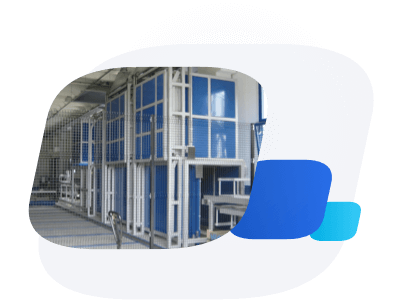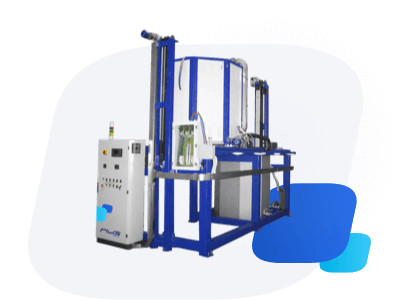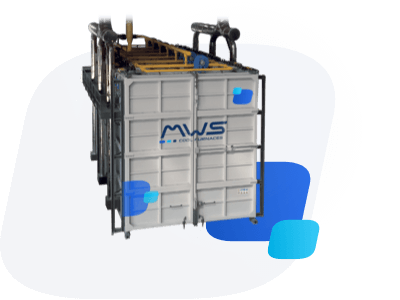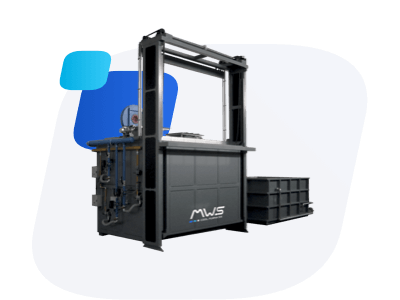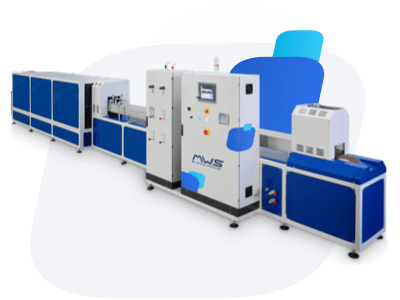Sintering
A heat treatment process in which a quantity of loose metallic powders is subjected to high heat to become a compact solid piece.
Pros
Cons
The sintering is a thermal treatment that transforms powder material into a solid piece. In case of furnace sintering (or free sintering, since it’s done at atmospheric pressure) the components are first cold-pressed with binders to achieve a shape similar to the finished product. Once inside the furnace, these binders are burned out and the remaining powders are united to form an indivisible piece.
Sintering is therefore the process of densification of a powder compact with reduction of interstitial porosity.
Common usages
The sintering treatment can apply to several production processes:
- Production of diamond tools for stone and concrete cutting
- Production of precious metals objects (gold, silver, platinum)
- Production of sintered metal components

